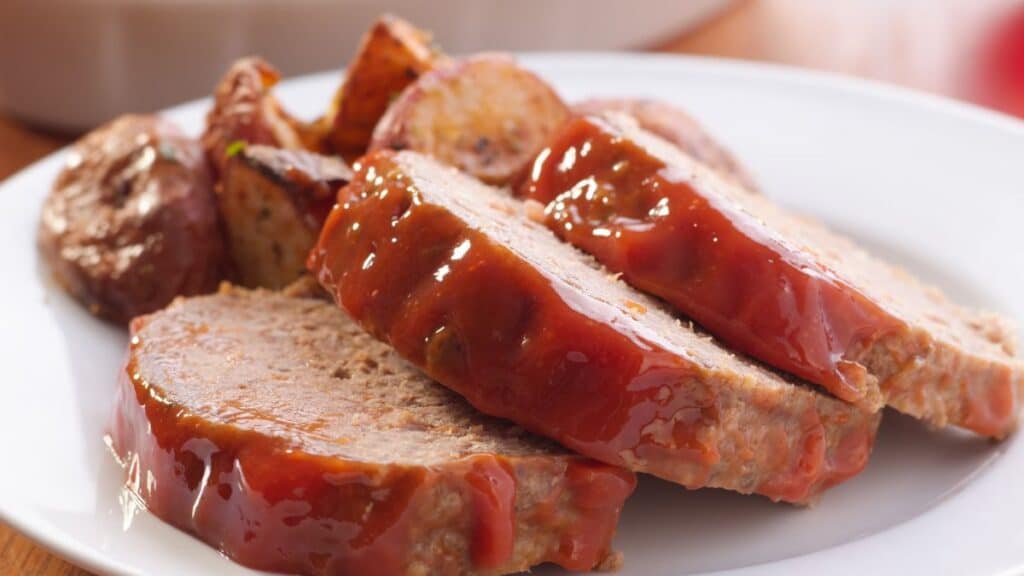If it seems like your grocery bill is still creeping up, you’re not imagining it. Beyond higher prices at the store, small choices and habits can quietly push your total even higher. Here are ten things that are making groceries cost more than you expect, and some small changes that could help.
Grabbing Random Items at Checkout

The stuff near the checkout—candy, snacks, random extras—can mess with your budget more than you think. Picking up a few things here and there adds up fast. If you’re trying to spend less, skipping those last-minute grabs and sticking to your list makes a difference.
💸 Take Back Control of Your Finances in 2025 💸
Get Instant Access to our free mini course
5 DAYS TO A BETTER BUDGET
Not Comparing Unit Prices

It’s easy to grab the item that looks cheapest, but the unit price tells the real story. Without checking the price per ounce or pound, you could pay more for less. Shoppers who take the extra second to compare often find better deals and stretch their budget further.
Overbuying Fresh Produce

Buying lots of fruits and veggies with good intentions is common—but if they spoil before you use them, it’s wasted money. People are learning to buy smaller amounts more often or plan meals that actually use what they pick up. It keeps the trash can from eating your cash.
Shopping Without a List

Heading to the store without a plan almost always leads to spending more. Without a list, it’s easy to forget what you need and grab extras that sound good in the moment. A simple list helps people stay on track and avoid unnecessary purchases.
Paying for Convenience

Pre-cut fruits, bagged salads, and ready-to-cook meals save time, but they come at a premium. Shoppers trying to lower their grocery costs are choosing whole produce and doing a little prep at home. The savings are often worth the small effort.
Ignoring Sales and Discounts

Missing out on sales or not using coupons means leaving easy savings on the table. People who plan their shopping around deals often find they can stock up and save without much extra work. A few minutes of prep can make a noticeable difference at checkout.
Sticking to Name Brands

Name brands aren’t always better, but they almost always cost more. Many shoppers are discovering that store-brand items taste just as good and work just as well. Swapping even a few items can bring down the total without feeling like a sacrifice.
Frequent Small Trips

Quick trips for one or two items often lead to buying more than planned. The more often you go to the store, the more chances there are for extra spending. People aiming to cut costs are trying to shop less often and make trips count.
Forgetting About Loyalty Programs

Many stores offer loyalty programs that give discounts, points, or cash back—but only if you sign up and use them. Shoppers who take advantage of these programs can save a little on nearly every trip, and those savings add up over time.
Buying Too Much Meat

Meat is one of the most expensive parts of many grocery bills. People looking to save are cutting back a bit, stretching what they buy, or adding more plant-based meals into their week. Even one or two meatless dinners can lower the total without feeling like a big change.
Small Shifts That Help Keep Costs Down

Groceries will probably never feel cheap, but paying attention to these small details can help your money go further. With a few smart choices, it’s possible to shop without the shock at the checkout line.
15 Fast Food Items That Got Too Expensive for Their Own Good

Fast food is supposed to be affordable. It’s quick, convenient, and doesn’t break the bank. But lately, people are asking, “Why does this cost so much?” Over the years, certain menu favorites have seen major price increases, leaving many to wonder if they’re worth the money anymore. Here are 15 fast food items that have become pricier than they probably should be.
Read it Here: 15 Fast Food Items That Got Too Expensive for Their Own Good



